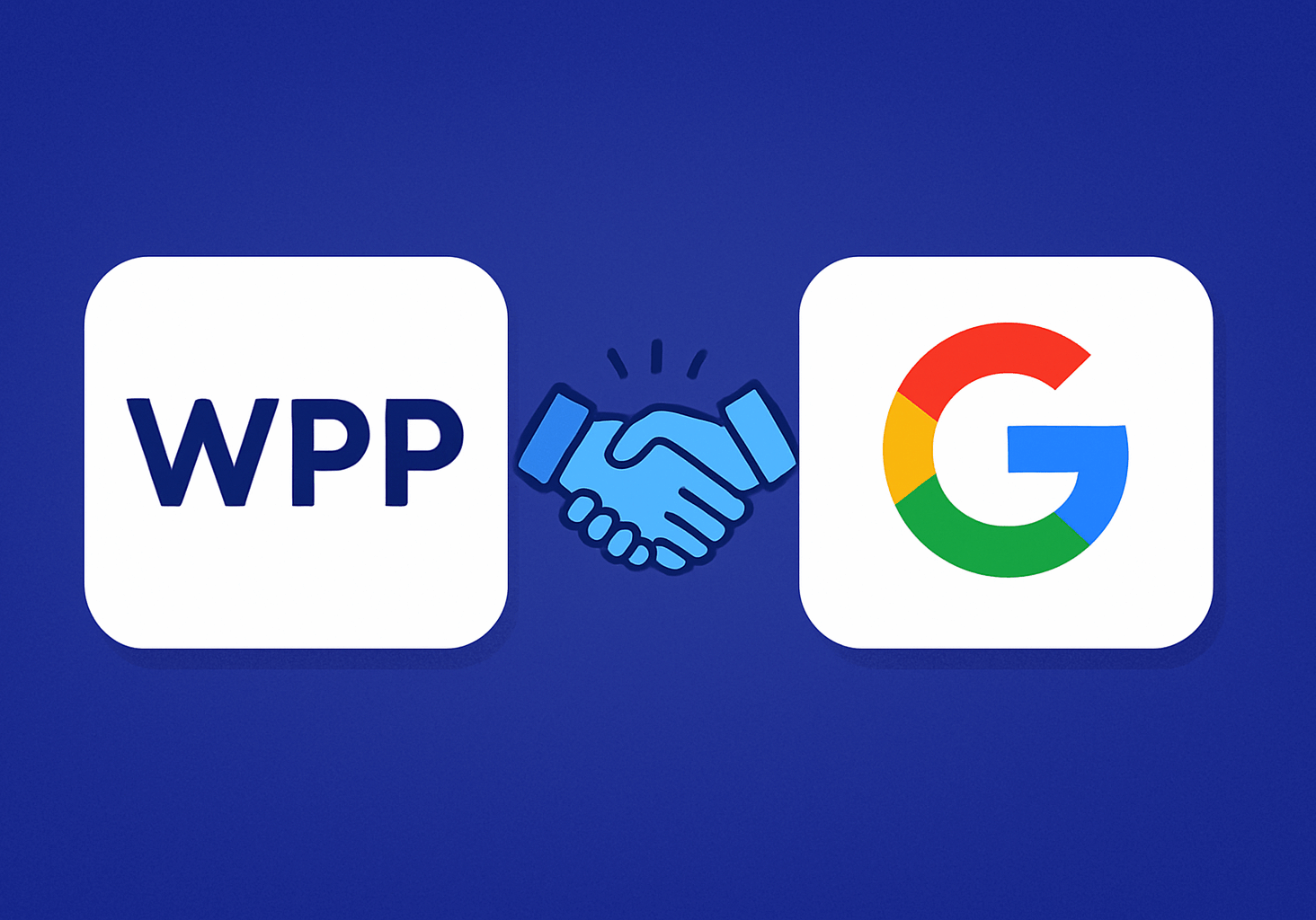
Are Trump’s Tariffs Effects Alarming or Alluring on Marketing Industry?
President Donald Trump’s tariffs, announcements, and delays have put the marketing industry in a dangling boat with no oars to propel towards.
The administration’s stance is clear: domestically-made products are exempt, while those produced abroad will face substantial levies.
There are different tariff sets for everyone, and they have not been set in stone yet. Whether the European Union will face 50 percent of Trump’s tariffs or not is still in limbo. Is China going to accept whatever retaliatory tariff the US has imposed?
The implications of these tariffs are vast, affecting various sectors, from manufacturing to retail. However, the marketing and advertising departments of brands are particularly vulnerable.
Ad budgets, media strategies, consumer behavior, and the digital advertising landscape are all poised for disruption. As companies brace for these changes, let’s delve deeper into how these tariffs will reshape the marketing world.
Meaning of Trump’s Tariffs for Marketing and Advertising
The advertising industry is on edge as the proposed tariffs threaten to derail projected growth for 2025. According to eMarketer’s April 2025 forecast, under the best-case scenario, total media ad spending in the US was expected to increase by 6.7%, reaching $422 billion.
However, these tariffs have introduced significant uncertainty, making even this modest growth seem unlikely.
Oscar Orozco, senior forecasting analyst, eMarketer, highlighted the severity of the situation. “Even the so-called “moderate” tariff scenario resembles full-blown retaliation.”
He emphasized that the tariffs could wipe out the US ad market’s projected gains for the year.
While digital advertising channels may exhibit some resilience, overall ad growth is expected to stagnate or decline. Brands are likely to reassess their marketing strategies, focusing on channels that offer measurable returns on investment.
Subscribe to our bi-weekly newsletter
Get the latest trends, insights, and strategies delivered straight to your inbox.
Winners and Losers in a Tariff Economy
Traditional Channels
Traditional advertising mediums such as television, print, and radio are anticipated to bear the brunt of budget cuts. Often associated with broad awareness campaigns, these channels may be deemed less essential as brands tighten their belts.
Search and Performance Media
Search advertising is projected to be the most resilient, with only a 7.1% anticipated reduction in spending. However, specific sectors like luxury goods, travel, electric vehicles, and appliances may curtail their search budgets due to decreased consumer demand and higher product costs stemming from tariffs.
Connected TV (CTV)
Connected TV continues to gain momentum, with viewership outpacing ad spend. By 2026, CTV is expected to account for 20% of daily media time among US adults but only 8.1% of total ad spend. This disparity suggests significant growth potential for advertisers.
The impact of tariffs may further accelerate the shift from traditional TV to CTV, especially as consumers seek more affordable, ad-supported streaming options. Free Ad-Supported Streaming TV (FAST) services, which rely heavily on advertising revenue, could become more attractive to viewers and advertisers in a cost-conscious environment.
Social & Creator Platforms
Social media platforms like Pinterest, Snapchat, and Meta are poised to benefit in the later phases of this economic shift. Their focus on creator monetization and performance targeting makes them appealing channels for brands seeking cost-effective advertising solutions. Snapchat, in particular, is expanding its creator monetization efforts, aiming to capture a larger share of ad dollars.
Realignment, diversifying of retail media
Once a rapidly growing segment, retail media now faces downside risks, particularly for smaller sellers.
The increased costs associated with tariffs may force these businesses to reduce their advertising spend on retail media networks. In contrast, larger retailers like Walmart, Target, and Costco are better positioned to absorb these costs due to their diversified supply chains and economies of scale.
In response to the tariffs, many retailers are diversifying their sourcing strategies and considering nearshoring to reduce dependency on tariff-affected regions. This realignment necessitates changes in marketing and localization strategies to reflect new supply chain realities and communicate these changes effectively to consumers.
Private-label brands, such as Aldi, may gain favor among consumers seeking more affordable options in the face of rising prices. This shift in consumer preference underscores the need for brands to adjust their marketing strategies to emphasize value and cost-effectiveness.
Tariffs, antitrust, and reconciliation
The intersection of Trump’s tariffs, antitrust actions, and platform bans contributes to a fragmented digital advertising landscape.
Trust in major tech companies is declining, and Google’s dominance in search advertising is facing challenges. In December 2024, Google’s global internet search market share fell below 90% for the first time since 2015, signaling a shift in the industry.
Platforms like TikTok, Amazon, and emerging AI-powered search engines are capturing a growing market share. The fragmentation requires marketers to diversify their advertising strategies across multiple platforms to maintain reach and effectiveness.
Meta and YouTube stand to capture a significant portion of ad dollars reallocated due to uncertainties surrounding platforms like TikTok. Creators increasingly favor Instagram and YouTube, especially in markets where TikTok faces regulatory challenges.
The reintroduction of tariffs under President Trump’s administration is set to profoundly affect marketing and advertising departments. Brands must reassess their media mixes, prioritize channels with clear returns on investment, and adapt their messaging to emphasize value and affordability.
Collaboration between marketing, logistics, product development, and sales teams will be crucial in navigating this complex landscape. By staying agile and responsive to these changes, brands can mitigate the adverse effects of tariffs and continue to engage effectively with their audiences.
Cut to the chase
Trump’s tariffs have significantly disrupted the brand marketing ecosystem, creating uncertainty across the entire value chain. Media buyers are seeing ad budgets shrink or be reallocated as brands tighten spending. With prolonged trade tensions, the industry is now bracing for further volatility, anticipating higher costs, delayed campaigns, and intensified pressure to localize operations and messaging. What is next?


